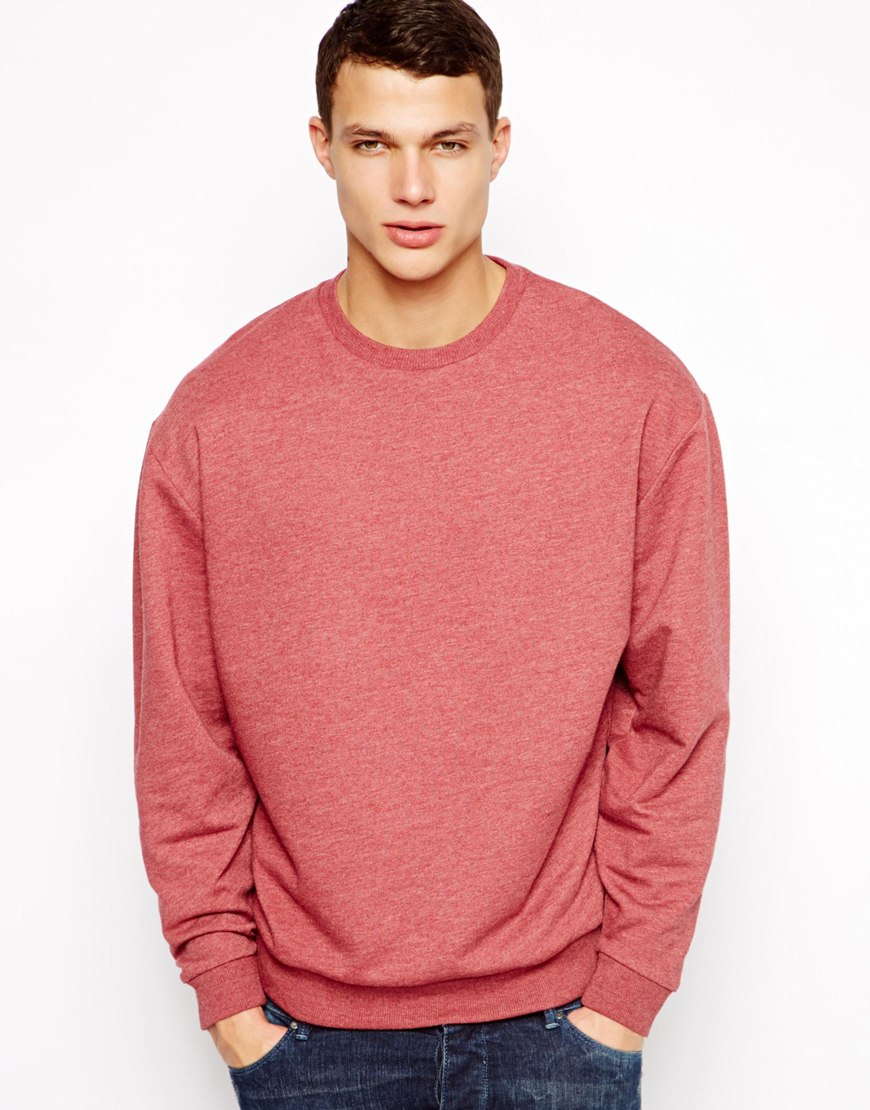Sweatshirts are long-sleeved, pullover garments composed of thick cotton. They are typically used for casual wear, and are not as dressy as sweaters or cardigans. They do not usually have the or hood. If you are interested in purchasing a sweatshirt, here are a few tips:
The appeal of Norma Kamali was spread by the use of sweatshirts
Since the late '70s the Norma Kamali brand has been turning the humble sweatshirt into an art. Her designs are now an essential part of all women's wardrobes. Her unique styles include tummy-tucking t-shirts to a crew neck to leather-paneled sweatshirts . Her clothing is also designed with unusual designs, like a tank top with long trumpet skirt.
The collaboration of the designers and the sweatshirt maker Everlast gave rise to her Timeless line, which became hugely popular when it appeared in the spring catalog of Spiegel. The collection was made up of convertible and interchangeable knits with classic designs and many of the pieces were priced under $20. Even if Kamali's Timeless collection wasn't available in stores, customers could still find the items through eBay and Poshmark.
Merino wool sweatshirts are more comfortable than soft sweatshirts
Merino wool is renowned for its moisture-wicking properties that help keep you comfortable and dry. Merino wool is an organic fiber that also has a smoother feel. It also drys quickly in comparison to other natural substances. Furthermore, merino is a sustainable resource. The merino sheep shed their coats each year and grow new coats.

The warmth-to-weight ratio of merino wool makes it popular for sweatshirts . It aids in controlling the body's temperature because of its natural loft, which traps heat between the fibers. This is the reason Merino wool sweatshirts work perfect for outdoor and summer activities like hiking, mountain biking, and running. View website offers helps keep the wearer well-hydrated and cool, something that is crucial for working out.
Zip-front hoodies have kangaroo pocket
Kangaroo pocket Hoodies are a well-loved style of hoodie. These hoodies have a large pocket in the front, that keeps your hands warm on chilly days. They are also more practical than traditional pockets because they permit your hands to slide in and out with ease.
The pockets of Kangaroos are usually big enough to fit a wallet or some other small personal items. They're usually large enough to accommodate one hand in a smaller size, and can even be wide enough to fit two hands. They have wide openings on either side , and make them ideal for carrying small objects.
French Terry fabric is a well-loved fabric for sweatshirts.
The French terry fabric is made of soft yarns knitted into loops and is typically midweight. It is also known because of its capacity to absorb moisture and is already pre-shrunk. French Terry is an excellent option for sweatshirts as it is warm when you're in need and keeps you cool when you're trying to cool down.
French terry is also popular for casual wear, as it has enough stretch and flexibility to feel good when you touch your body. It also allows air to circulate through the fabric, which makes it ideal for layering underneath other clothing. In addition, because it's lighter than most sweatshirts you can wear it throughout the year without feeling too warm or cold.
Hoodies have classist connotations
Although it could appear that hoodies are just an appropriate clothing item for working class people but the truth is that they carry classist connotations. Hoodies first became used in the early 1970s in New York, where graffiti artists wore them to conceal their identities. In 1976 the hoodies made their big film debut in "Rocky," when the working-class main character was seen wearing grey sweats that were hooded during his famous climb up the Philadelphia Museum of Art.
Hoodies are frequently associated with death, destruction, and other undesirable things, and yet they can also be used for practical reasons. For instance, priests and monks might wear hoods in order to display the proper manner of dress and to focus on their inner self.
